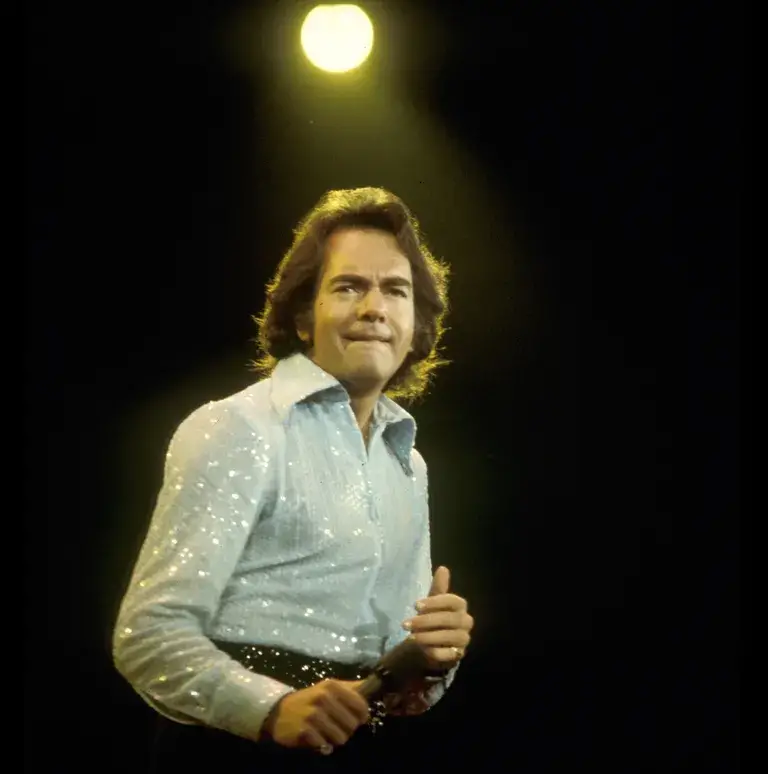Legendary ’70s Musician’s Life After Parkinson’s Diagnosis: A Journey of Resilience
Neil Diamond’s transformation from touring superstar to quiet advocate shows how music legends adapt when health challenges force life-changing decisions.
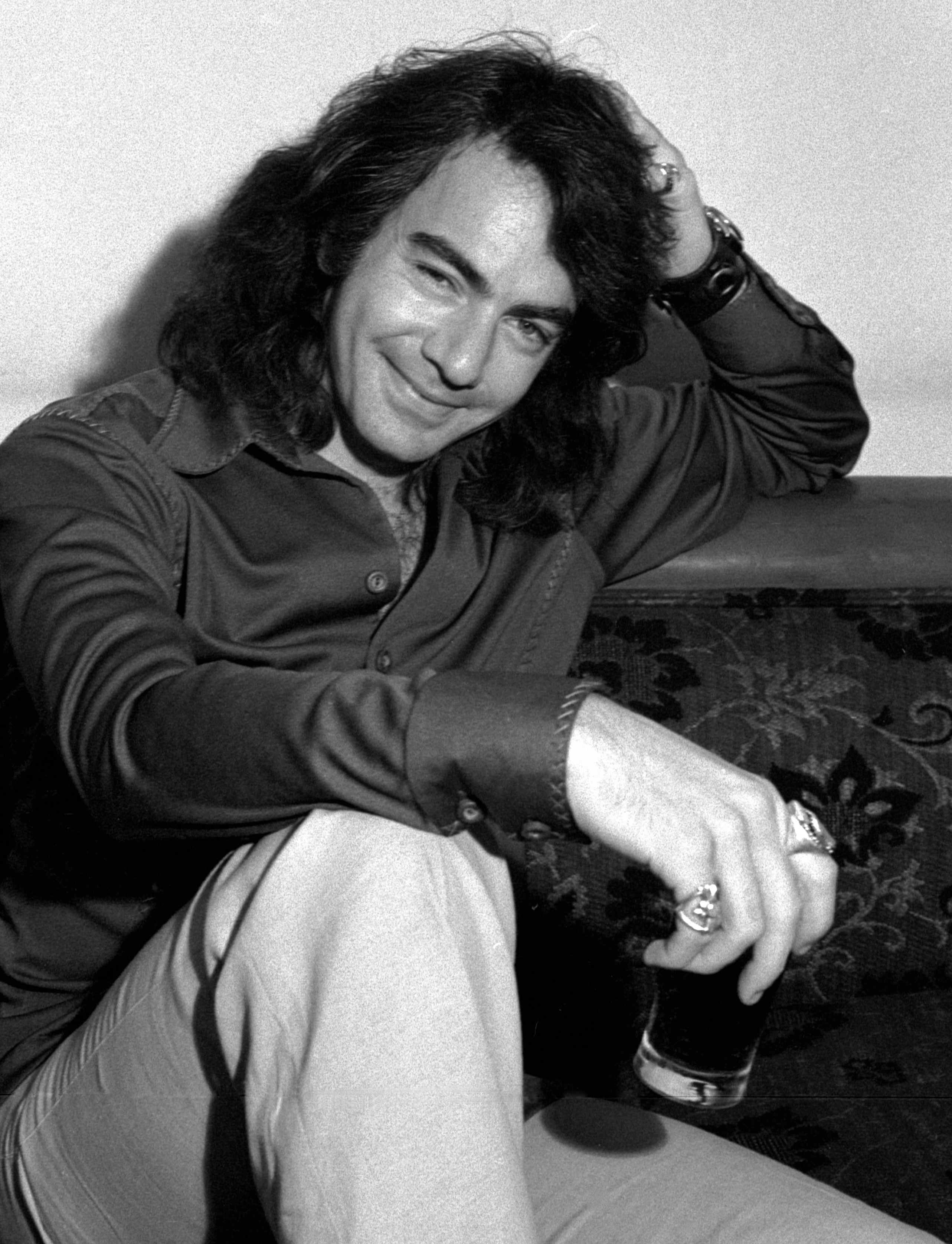
From Stadium Roars to Studio Silence
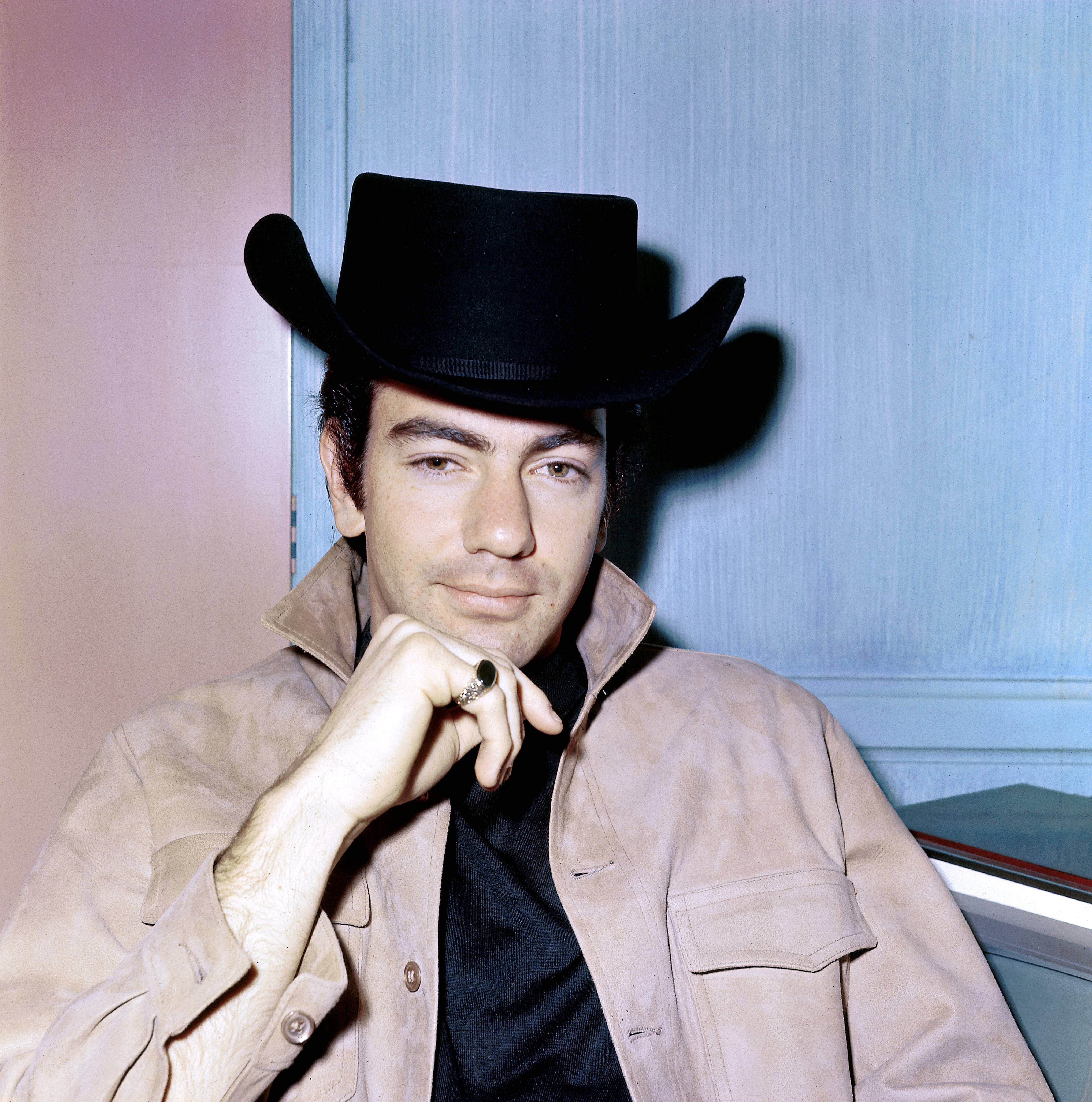
Once commanding the world’s largest arenas with audiences singing his iconic hits back to him, Neil Diamond now spends most of his days in a quiet Los Angeles recording studio. Surrounded by decades of awards and memorabilia, music has evolved from being his career into something far more essential—his lifeline.
The transition from global superstar to private citizen wasn’t by choice. In January 2018, at age 77, Diamond received a Parkinson’s disease diagnosis that would fundamentally alter the trajectory of his legendary career and personal life.
The Brooklyn Beginning of a Musical Legend
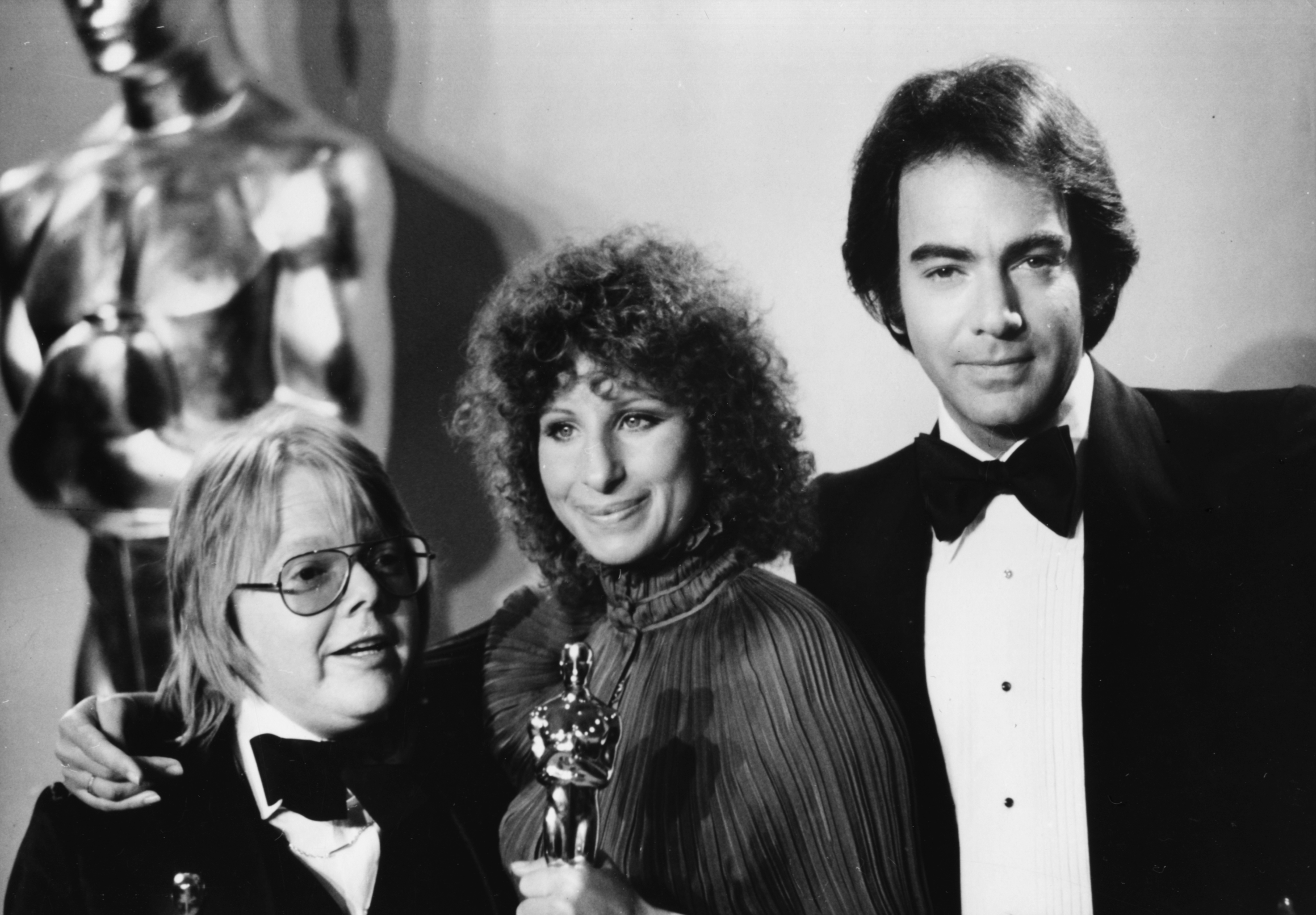
Born on January 24, 1941, in Brooklyn, New York, Neil Diamond grew up in a Jewish family where music became his early passion. Learning guitar as a teenager, he began writing songs and performing in small New York City clubs after college. His formative years included time in the legendary Brill Building, where aspiring songwriters gathered to pitch their work to publishers during the golden era of American popular music.
Diamond’s breakthrough arrived in the mid-1960s with two pivotal singles: “Solitary Man” and “Cherry, Cherry.” These tracks caught public attention and established him as both a performer and songwriter. His career received additional momentum when producers for The Monkees discovered his music, recording several of his compositions including “I’m a Believer,” which became a massive hit and significantly boosted his songwriting reputation.
The Rise to Superstardom
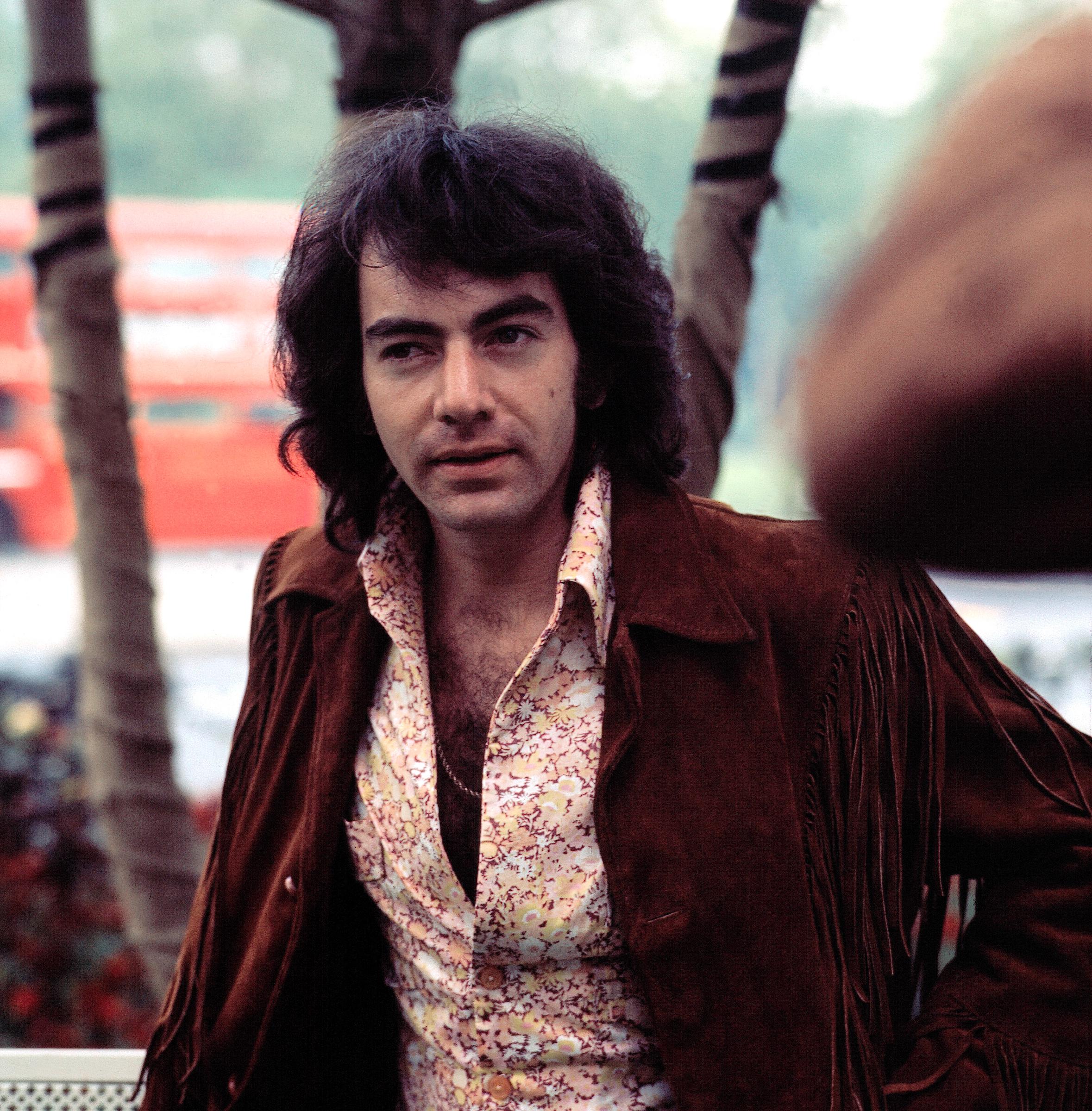
The cultural shift of the late 1960s, led by artists like The Beatles and Bob Dylan, created opportunities for singer-songwriters to step from behind-the-scenes roles into the spotlight. Diamond capitalized on this movement, gaining recognition as both a creative force and compelling performer.
The 1970s marked Diamond’s golden era, with a string of beloved hits that defined American popular music: “Thank the Lord for the Night Time,” “Holly Holy,” “Sweet Caroline,” “Cracklin’ Rose,” and “Song Sung Blue.” His 1978 duet with Barbra Streisand, “You Don’t Bring Me Flowers,” further cemented his status as a versatile artist capable of crossover success.
Throughout the 1980s and 1990s, Diamond became one of the world’s premier touring artists, consistently selling out arenas and stadiums. His commanding stage presence and distinctive voice earned him the nickname “the Jewish Elvis,” reflecting both his cultural identity and his powerful performance style.
Even at the height of his success, Diamond maintained connections to his roots, occasionally returning to intimate venues like the Bitter End in Greenwich Village. “It was my beginning. It was right here,” he reflected during one such performance, acknowledging the small stages that had launched his extraordinary career.
The Diagnosis That Changed Everything

In January 2018, Diamond made the difficult announcement that would mark the end of an era. Following medical advice after his Parkinson’s disease diagnosis, he made the decision to retire from concert touring. The third leg of his 50th Anniversary Tour, scheduled for Australia and New Zealand, was immediately canceled.
“It is with great reluctance and disappointment that I announce my retirement from concert touring,” Diamond stated. “I have been so honored to bring my shows to the public for the past 50 years.” His heartfelt apology to fans who had purchased tickets demonstrated the genuine regret he felt about ending this chapter of his career.
The announcement marked the conclusion of large-scale live performances for an artist who had spent decades connecting with audiences through the shared experience of live music. However, stepping away from touring didn’t mean stepping away from music entirely.
Processing the New Reality
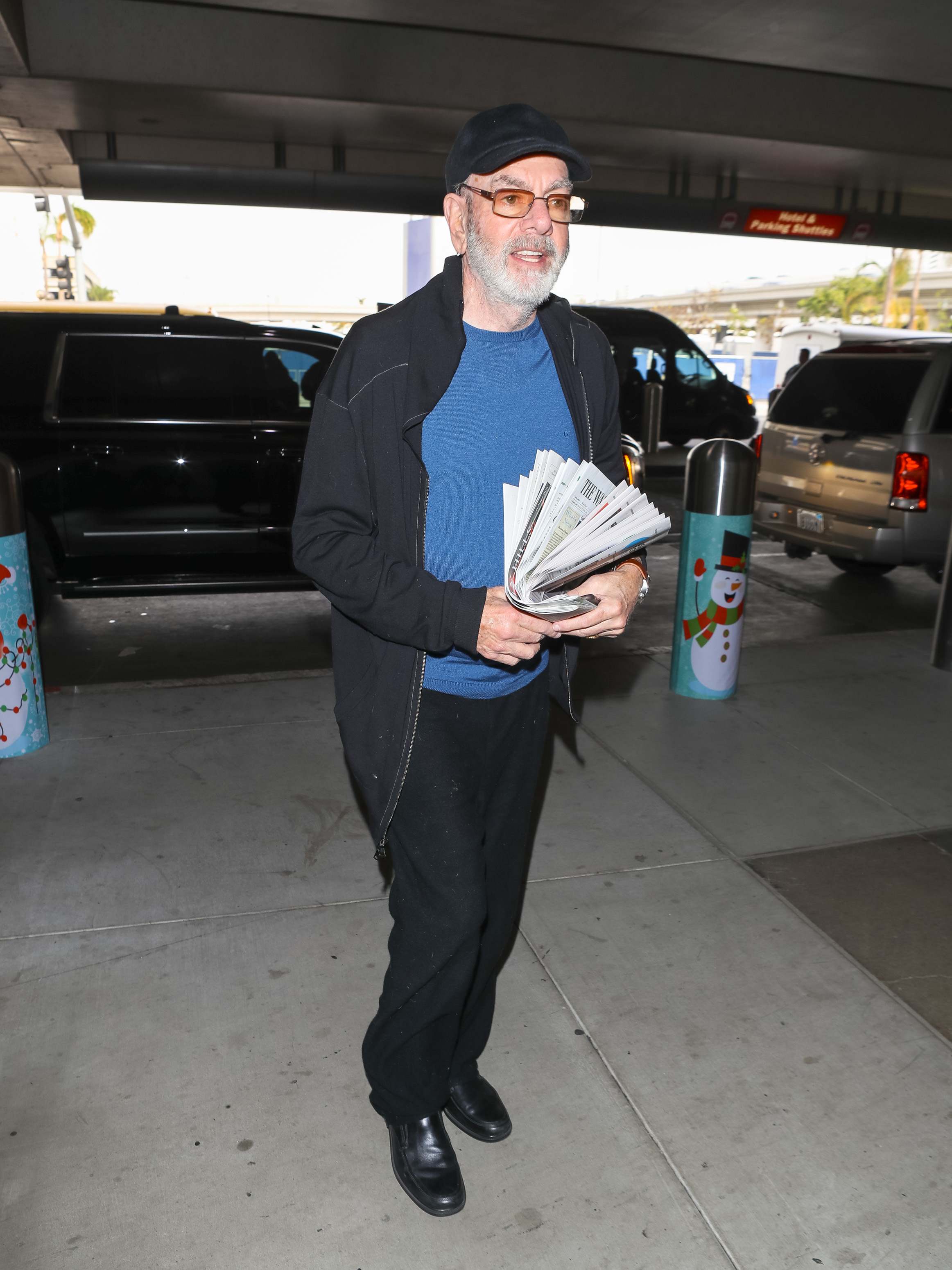
Diamond’s initial response to his diagnosis revealed the natural human tendency to resist life-altering news. He later admitted to being in denial for the first year or two after receiving the diagnosis. His response to the doctor was telling: “Oh, okay. I’ll see you, you know, whenever you wanna see me. But I have work to do, so I’ll see you later.”
This resistance gradually gave way to acceptance as Diamond began adapting to his new limitations. By 2023, he described developing a new sense of peace with his situation. Life had become quieter, and he had grown more gentle with both himself and those around him.
The Los Angeles recording studio, filled with decades of awards and memorabilia, became his sanctuary. Regular visits to this space allowed him to maintain his connection to music without the physical demands of touring. When he sang, his mind and body felt synchronized, and that sensation continued to bring him genuine joy.
Understanding Parkinson’s Disease
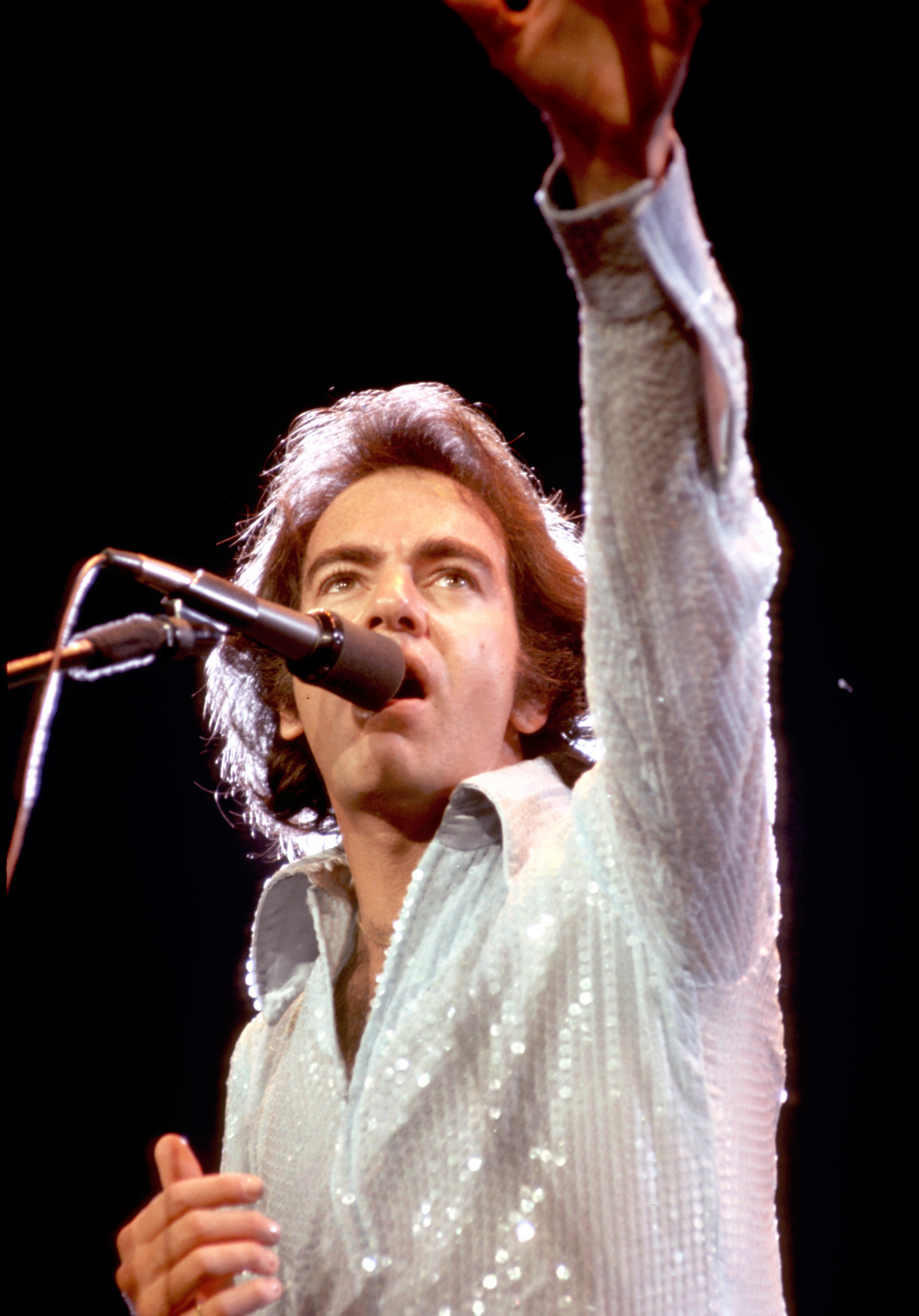
Parkinson’s disease is a progressive movement disorder affecting the nervous system. Symptoms typically develop gradually, often beginning with subtle signs like slight tremors in a hand, foot, or jaw. The condition can cause muscle stiffness, slow movement, and balance issues that increase fall risk.
As the disease progresses, facial expressions may become less animated, arm movement while walking may decrease, and speech can become softer or slurred. While Parkinson’s cannot be cured, medications can improve symptoms, and some patients benefit from surgical interventions targeting specific brain areas to help with movement.
Age represents the most significant risk factor, with most cases beginning after age 50 and average onset around 70. The condition affects men more frequently than women, and family history can slightly increase risk. For Diamond, the diagnosis meant ending the demanding pace of touring while finding new ways to engage with music.
Broadway and New Connections
Despite retiring from touring, Diamond discovered innovative ways to maintain connections with his audience. The Broadway musical “A Beautiful Noise,” based on his life and music, provided a unique opportunity to share his story in a new format.
When Diamond attended the opening night, he led the theater audience in a spontaneous chorus of “Sweet Caroline,” later describing feeling surrounded by love. The experience of watching his life story unfold on stage was both “flattering and frightening,” but he insisted on authentic storytelling, wanting his story told “warts and all.”
These theatrical experiences allowed Diamond to share his music without the physical demands of full concert performances, creating intimate moments with audiences in a more manageable format.
Current Life and Continued Connection
As of 2025, at age 84, Diamond occasionally appears with the Broadway musical’s cast, as documented in photos and videos shared on social media. These images show him seated in theaters, smiling and engaging with young performers who gather around him. The interactions capture a different kind of performance—more personal and intimate than his stadium days.
These smaller appearances have replaced the massive tours of his past, allowing Diamond to experience music in an entirely new way. They also demonstrate the enduring connection between the artist and fans who have been singing his songs for decades.
Gratitude and Perspective
Diamond has consistently expressed gratitude for a career that provided decades of meaningful connection with audiences worldwide. While acknowledging that Parkinson’s disease has limited his physical movement, he emphasizes that it hasn’t diminished his ability to sing or his appreciation for the life that music has created for him.
His journey from denial to acceptance illustrates the human capacity for adaptation when facing significant health challenges. The quiet recording studio that now serves as his primary musical venue represents not an ending, but a transformation—from public performer to private artist still finding joy in the act of creating music.
Legacy of Resilience
Neil Diamond’s response to his Parkinson’s diagnosis exemplifies how individuals can maintain purpose and connection despite significant life changes. His story resonates beyond the music industry, offering hope to anyone facing health challenges that require major life adjustments.
The transition from filling stadiums to finding peace in a recording studio demonstrates that fulfillment can take many forms. For Diamond, music remains a constant source of joy and identity, even as the context has dramatically changed.
His continued involvement with “A Beautiful Noise” and occasional public appearances show that stepping back doesn’t necessarily mean stepping away entirely. Instead, it can mean finding new ways to engage with one’s passion while respecting physical limitations.
Conclusion: Music as Medicine
Neil Diamond’s journey with Parkinson’s disease illustrates the power of adaptation and the enduring nature of artistic passion. While the roar of stadium crowds has been replaced by the quiet of a recording studio, music continues to provide meaning, connection, and joy.
His story serves as an inspiration to others facing health challenges, demonstrating that life changes don’t have to mean life ends. Sometimes they simply mean finding new rhythms, different stages, and alternative ways to share the gifts that have always defined us.
For Diamond, the boy from Brooklyn who became a global superstar, music remains what it has always been—not just a career, but a lifeline that continues to sustain him through every season of his remarkable life.
Neil Diamond’s journey reminds us that resilience comes in many forms. How do you think artists and public figures can best navigate health challenges while maintaining their connection to their life’s work? Share your thoughts in the comments below.

Lila Hart is a dedicated Digital Archivist and Research Specialist with a keen eye for preserving and curating meaningful content. At TheArchivists, she specializes in organizing and managing digital archives, ensuring that valuable stories and historical moments are accessible for generations to come.
Lila earned her degree in History and Archival Studies from the University of Edinburgh, where she cultivated her passion for documenting the past and preserving cultural heritage. Her expertise lies in combining traditional archival techniques with modern digital tools, allowing her to create comprehensive and engaging collections that resonate with audiences worldwide.
At TheArchivists, Lila is known for her meticulous attention to detail and her ability to uncover hidden gems within extensive archives. Her work is praised for its depth, authenticity, and contribution to the preservation of knowledge in the digital age.
Driven by a commitment to preserving stories that matter, Lila is passionate about exploring the intersection of history and technology. Her goal is to ensure that every piece of content she handles reflects the richness of human experiences and remains a source of inspiration for years to come.
